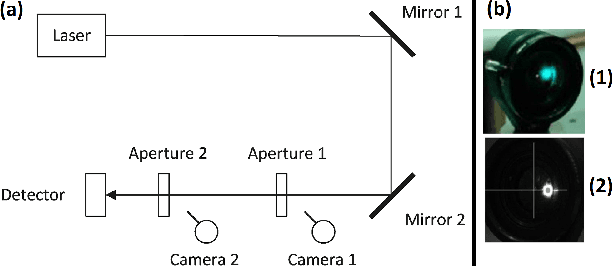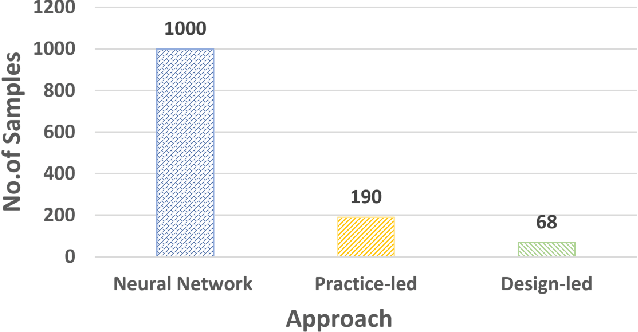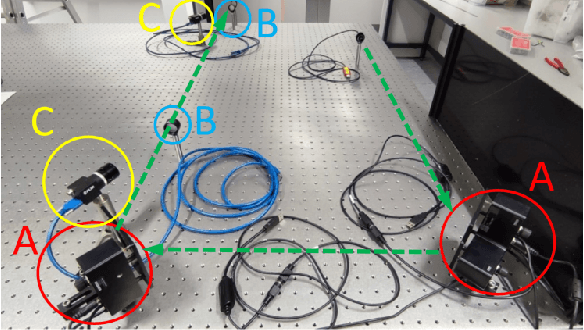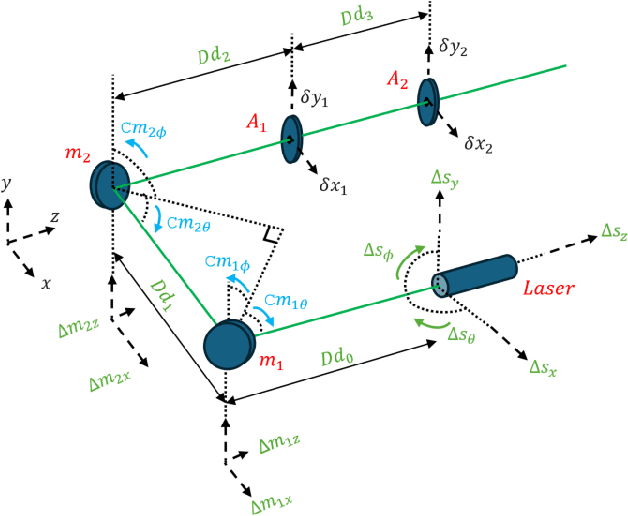M. J. Daniel Esser
Three Approaches to the Automation of Laser System Alignment and Their Resource Implications: A Case Study
Sep 17, 2024



Abstract:The alignment of optical systems is a critical step in their manufacture. Alignment normally requires considerable knowledge and expertise of skilled operators. The automation of such processes has several potential advantages, but requires additional resource and upfront costs. Through a case study of a simple two mirror system we identify and examine three different automation approaches. They are: artificial neural networks; practice-led, which mimics manual alignment practices; and design-led, modelling from first principles. We find that these approaches make use of three different types of knowledge 1) basic system knowledge (of controls, measurements and goals); 2) behavioural skills and expertise, and 3) fundamental system design knowledge. We demonstrate that the different automation approaches vary significantly in human resources, and measurement sampling budgets. This will have implications for practitioners and management considering the automation of such tasks.
 Add to Chrome
Add to Chrome Add to Firefox
Add to Firefox Add to Edge
Add to Edge